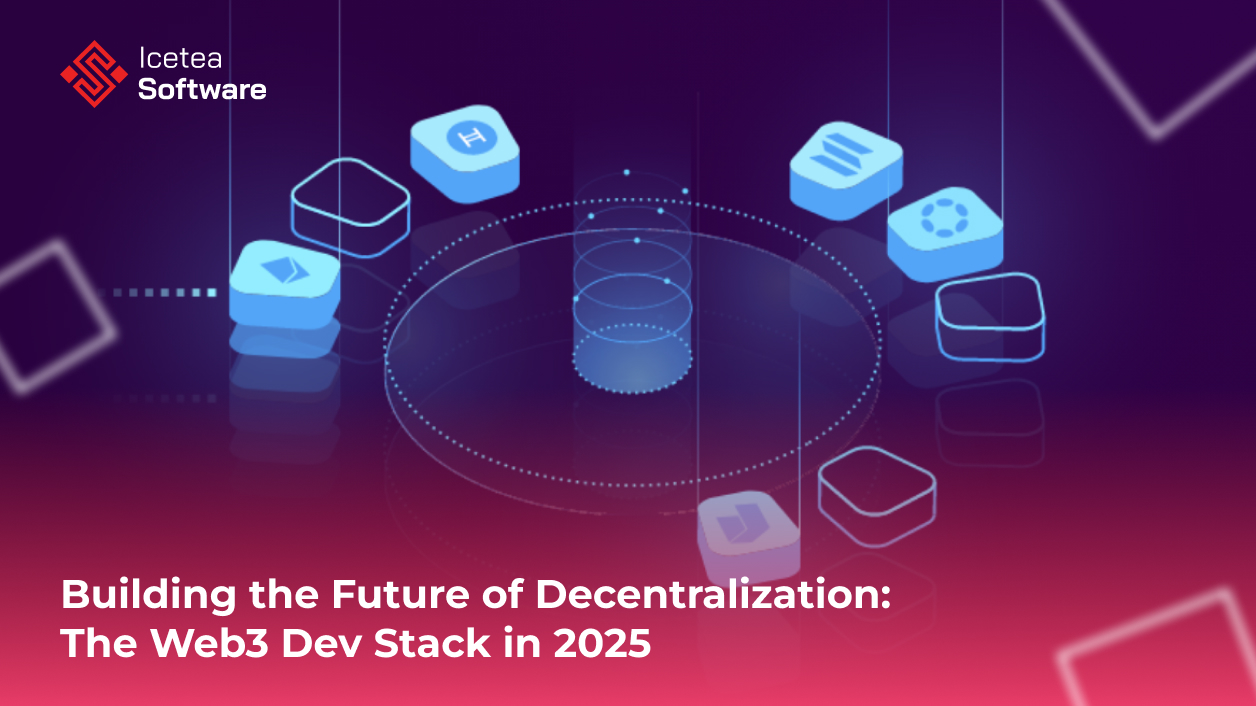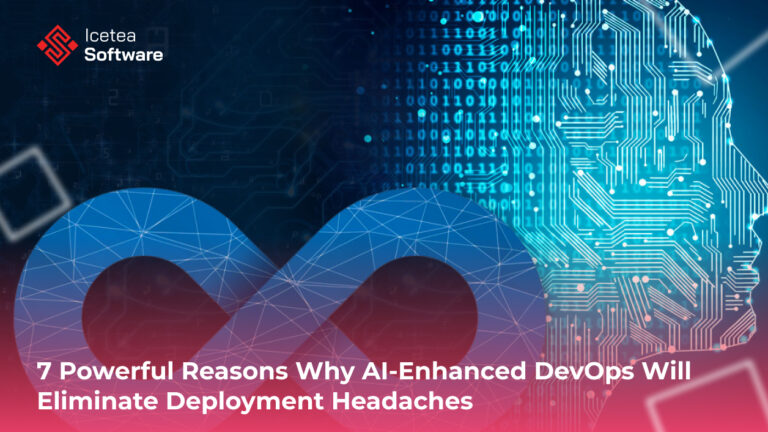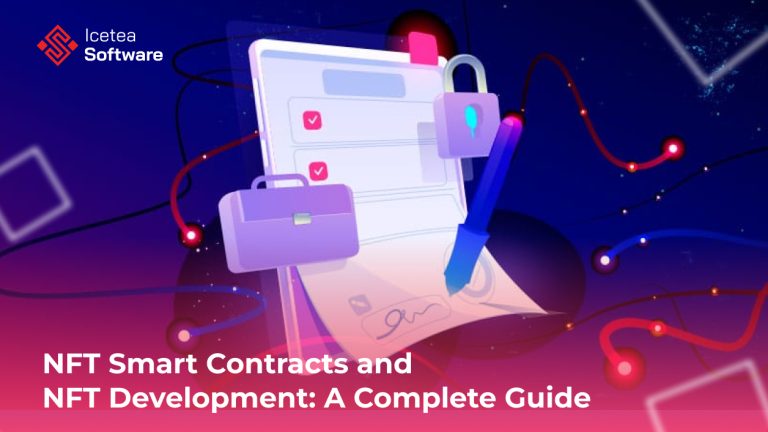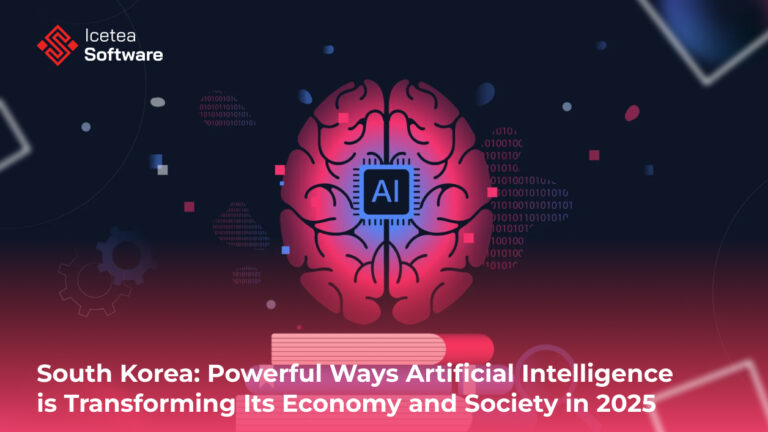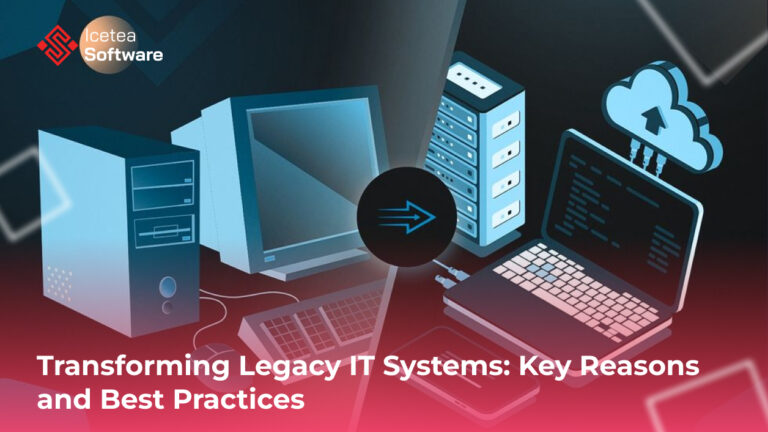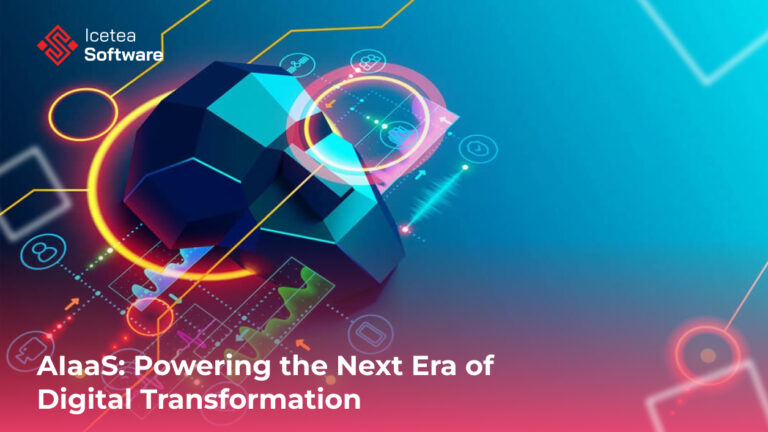Building the Future of Decentralization: The Web3 Dev Stack in 2025
The Web3 development ecosystem has evolved dramatically over the past few years, transitioning from a niche technical frontier into a robust, multi-layered architecture powering a decentralized future. By 2025, the Web3 dev stack has not only matured but also diversified, integrating with AI, zero-knowledge (ZK) technology, and advanced modular systems. As traditional developers increasingly explore decentralized architectures, understanding the current state of the Web3 dev stack—and what lies ahead—is essential.
The Web3 Dev Stack: Then and Now
The Early Stack (2017–2021)
The early Web3 stack was defined by its simplicity and rawness. The essential components were:
- Smart Contracts: Primarily written in Solidity on Ethereum.
- Wallets: MetaMask was the dominant interface.
- Node Providers: Infura and Alchemy served as the backend.
- Front-end Libraries: Developers used Web3.js or Ethers.js to connect dApps to the blockchain.
- Testing: Truffle Suite and Ganache were the default testing tools.
Despite the novelty, the stack lacked standardization and developer-friendliness. Building even a basic dApp required deep blockchain knowledge.
The 2025 Stack: Modular, Scalable, and AI-Enhanced
Fast-forward to 2025, and the Web3 dev stack has undergone a sea change. The current stack offers plug-and-play modularity, enhanced security, and a far richer developer experience:
- Smart Contract Languages & Frameworks
Solidity remains dominant, but Vyper, Fe, and Cairo (Starknet) are rising for security and ZK use cases. Foundry and Hardhat have replaced older tools like Truffle for their speed and developer tooling. AI-assisted coding (via tools like OpenZeppelin’s AI assistant or Codegen AI) is becoming standard in contract development.
- Layer-2 and Modular Blockchains
Layer-2 solutions such as Optimism, Arbitrum, Starknet, and zkSync are now default choices for scaling. Modular blockchains like Celestia and EigenLayer let developers choose specific components (e.g., data availability, consensus) à la carte. Rollups-as-a-Service (RaaS) providers such as Conduit, Caldera, and Rollkit have lowered the barrier to launching scalable appchains.
- Development SDKs & Tooling
Thirdweb, Alchemy SDK, and Moralis offer full-stack support (contracts, APIs, authentication, storage). wagmi and viem (for React-based dApps) simplify front-end integration with wallet and blockchain data. Lens SDK and other social graph SDKs are enabling decentralized social apps (SocialFi).
- Testing, Security & Audit Automation
Foundry (Rust-based) is the de facto tool for testing and deployment. Security tools like Slither, MythX, and Sherlock help audit and simulate attacks. AI-augmented auditing tools (e.g., AuditGPT) help teams catch vulnerabilities early.
- Wallet Infrastructure
Smart contract wallets like Safe and Argent are replacing EOAs (Externally Owned Accounts) for better UX and security. Account Abstraction (ERC-4337) is widely adopted, enabling programmable and social recovery wallets. MPC and ZK-powered wallets (e.g., Web3Auth, Particle) allow seamless, gasless, and cross-device signing.
- Decentralized Storage & Indexing
IPFS, Arweave, and Filecoin remain dominant in decentralized file storage. The Graph, SubQuery, and Goldsky provide fast, queryable blockchain indexing services. AI-driven search indexing (e.g., on-chain data analysis with GPT interfaces) is emerging.
- Authentication and Identity
Web3 identity stacks now include ENS, Lens Protocol, Unstoppable Domains, and Verifiable Credentials. Soulbound tokens (SBTs) and ZK credentials (e.g., via zkLogin) allow privacy-preserving identity management.
- Oracles and Data Feeds
Chainlink, Pyth, and RedStone now support high-frequency, real-world data for DeFi and gaming. Custom oracle networks are easier to spin up with Chainlink Functions or UMA’s Optimistic Oracles.
- Infrastructure & CI/CD
Platforms like Fleek, Biconomy, and Dora Factory support decentralized dev ops, gasless transactions, and DAO infrastructure. Continuous deployment and monitoring tools now integrate with L2s and cross-chain messaging.
Major Trends Shaping the Web3 Dev Stack in 2025
Modularity is Eating Monoliths
One of the biggest shifts is the move from monolithic chains to modular architectures. Developers now build dApps on rollups or appchains while outsourcing consensus, data availability, and execution to separate layers. This offers better scalability through specialization, interoperability via cross-chain bridges and shared sequencers, and greater flexibility in customizing security and fee structures.
Projects like Celestia, Dymension, and Avail have been instrumental in modular adoption, while Ethereum remains the settlement layer for most ecosystems.
Zero-Knowledge is Going Mainstream
ZK-proofs are no longer experimental. In 2025, ZK is powering:
- Private DeFi (e.g., zkLend, Aztec)
- Scalable L2s (zkSync Era, Scroll, Polygon zkEVM)
- Identity and compliance (ZK KYC, ZK voting)
The rise of zkWASM and zkML means Web3 apps can include machine learning and run verifiable computations on-chain.
AI + Web3 Integration
AI is deeply integrated into the dev stack:
- Smart contract assistants generate code and explain vulnerabilities
- AI agents execute on-chain actions based on real-world triggers (e.g., AI DAOs)
- Predictive analytics and data modeling enhance DeFi trading, DAO governance, and on-chain behavior modeling
Several LLMs now specialize in on-chain data analysis and Solidity debugging.
Account Abstraction = UX Revolution
The widespread implementation of ERC-4337 has redefined wallet UX. Developers now build dApps where:
- Users don’t pay gas (sponsored by dApps)
- Wallets can recover via social recovery or passkeys
- Users don’t need to understand seed phrases or chains
This UX improvement is attracting mainstream users and accelerating mobile Web3 app development.
Multi-Chain by Default
Web3 is no longer Ethereum-centric. dApps are designed from day one to be multi-chain, using tools like:
- LayerZero, Axelar, Wormhole for messaging
- Socket, LI.FI, and Orbiter for bridging assets
- Unified SDKs (e.g., RainbowKit, Wagmi 2.0) for chain-agnostic development
Developers optimize for liquidity and user base rather than chain loyalty.
Key Developer Personas in 2025
In 2025, the Web3 dev community is no longer homogeneous. Key personas include:
- Protocol Engineers: Deep in L1/L2 development, often working with Rust, Go, or Cairo
- dApp Builders: Front-end-focused, often using React, wagmi, and hosted SDKs
- AI + Web3 Devs: Building autonomous agents and DAOs powered by LLMs
- ZK Engineers: Specialists in cryptography and performance optimization
- DevOps & RaaS Operators: Running rollups and infra services, often non-coding but DevOps-savvy
As roles become more specialized, collaboration tools (e.g., Farcaster, DevX forums, on-chain bounty networks) are essential for teamwork.
What’s Next for the Web3 Dev Stack?
Unified Dev Environments
Developers demand IDEs tailored for Web3. Tools like Foundry IDE, Replit Web3, and ChainIDE offer integrated testing, deployment, and audit pipelines. Expect AI-native IDEs to take center stage, offering real-time feedback and vulnerability detection.
Interchain Operating Systems
Projects like Cosmos SDK, Polkadot’s Parachains, and Rollups-as-a-Service are converging into interchain OSs—frameworks that abstract away chains entirely. In the future, devs will deploy logic and let the OS choose where and how to execute.
Invisible Web3 for Users
From a UX perspective, the next stage is to remove all visible Web3 friction:
- Wallets bundled in apps
- Gas sponsored invisibly
- Fiat onboarding native to UI
- Compliance & KYC powered by ZK or social proof
In this world, Web3 powers the back-end—but users interact with it like any Web2 app.
Open-Source + On-Chain Dev Economies
GitHub isn’t going anywhere, but on-chain coordination and funding are on the rise:
- Retroactive public goods funding (e.g., via Optimism RPGF)
- Bounties and hackathons onchain (via Gitcoin, DoraHacks)
- Code provenance tracked via ZK and SBTs
Dev tooling will increasingly blend open source culture with on-chain incentives.
Final Thoughts: Web3 Dev in 2025 Is Scalable, Smart, and Seamless
The Web3 dev stack in 2025 is no longer an experimental playground. It is a robust, modular ecosystem where AI, zero-knowledge cryptography, and cross-chain infrastructure converge to empower builders at scale.
As abstraction deepens and tooling matures, the dev stack of the future will prioritize accessibility, automation, and composability. In many ways, the dream of Web3—trustless, decentralized, open systems—is now a practical engineering reality.
Yet, the most exciting part? We’re just getting started.
————————–
𝗜𝗰𝗲𝘁𝗲𝗮 𝗦𝗼𝗳𝘁𝘄𝗮𝗿𝗲 – Cutting Edge Technologies!
Website: iceteasoftware.com
LinkedIn: linkedin.com/company/iceteasoftware
Facebook: Icetea Software
